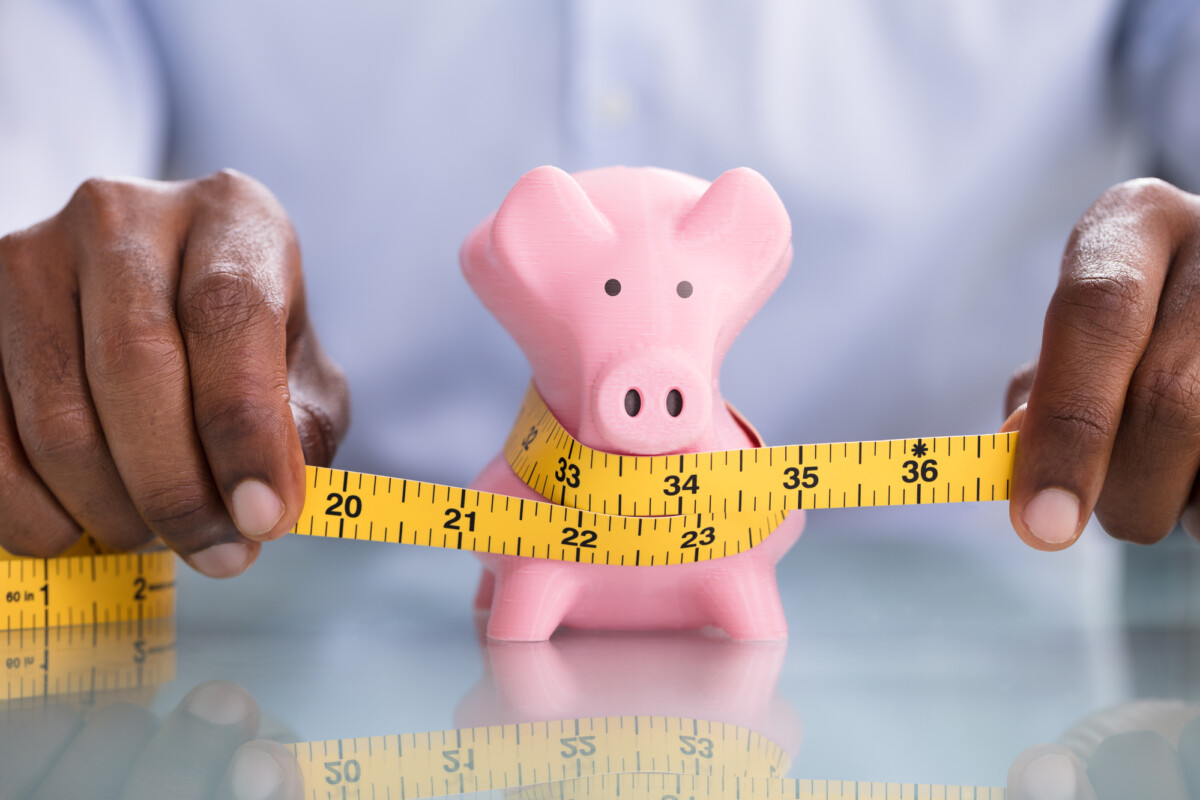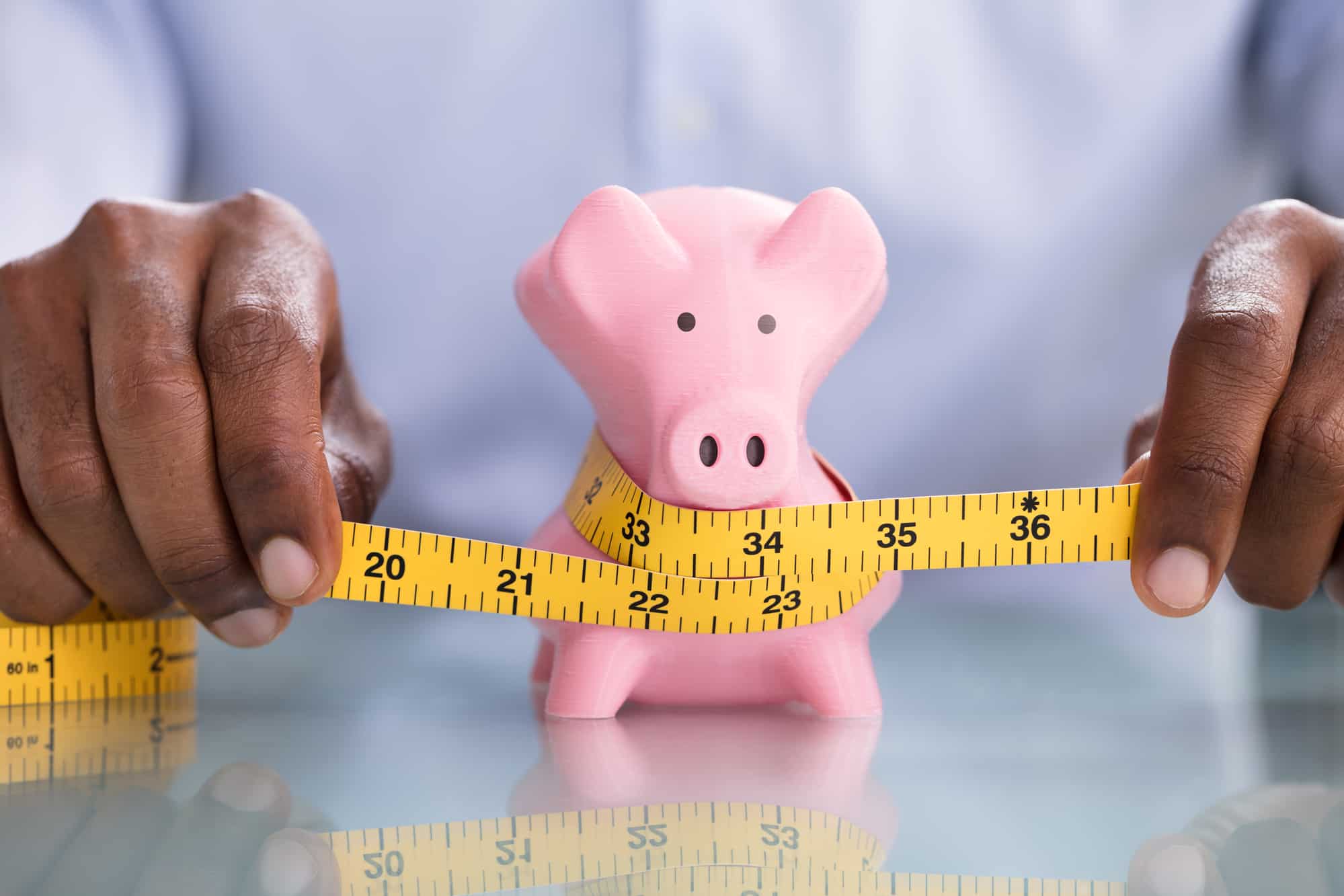Wealthtender is a trusted, independent financial directory and educational resource governed by our strict Editorial Policy, Integrity Standards, and Terms of Use. While we receive compensation from featured professionals (a natural conflict of interest), we always operate with integrity and transparency to earn your trust. Wealthtender is not a client of these providers.

Rising prices aren’t all embattled American consumers have to struggle against. Shrinkflation is on the prowl.
That sinking feeling you get upon opening a bag of chips that’s nothing but air? You’re not alone – everyday items really are getting smaller, according to a new report from the US Bureau of Labor Statistics.
The government agency reviewed data from 2015-2021 across a wide range of items, finding instances of downsizing in several product lines.
The item categories most severely hit included household paper products, snacks, coffee, and infant and toddler diapers. Baby food, for instance, saw an 8.09% diminish in product quantity size between 2015 and 2019.
Like a retreating tideline, shrinkflation is often imperceptible on a day-to-day basis. Companies often phase in their diminished products gradually or redesign them with new colors or shapes to distract from the downsize.
As producers get squeezed by thinning margins and higher interest rates, the temptation to pass their losses on to the end consumer may be too great to resist. Rather than increase prices for the same product, another play opens to retailers – shrinking the size product.
Consumers can easily overlook this subtle packaging maneuver, but it eats into their wallets.
It may start with missing bread slices, or your laundry detergent bottle feels lighter. Some shoppers may doubt their intuition, but shrinkflation is real, and brands are under no obligation to inform consumers when they do it. In fact, they may do all they can to hide it. This post will look at some of the most common examples of the practice and consider some expert input on what consumers can do to get what they paid for.

Shrinkflation Examples: Food and Drink
Shrinkflation is particularly prevalent in the food and drink sector.
“I first noticed shrinkflation about 10 months ago. I used to drink Gatorade while exercising. I went to the local supermarket to grab some before a run and saw they had made the bottle hourglass shaped – reducing the volume from 32 oz. to 28 oz,” says David Fowler, founder of High Mountain Financial Coaching. Prices are increasing more and more, and it is insulting and misleading to consumers.
“Prices rising because of inflation is hard enough to swallow. I find it insulting and misleading that companies will reduce the size of the products they are offering in an effort to save money and hope that consumers won’t notice,” he adds.
Dining out also involves shrinkflation, but there’s a twist.
“Restaurants are shrinkflation experts, but in reverse,” said Spenser Liszt, CFP, Financial Planner at Paradigm Advisors. “Eating psychology tells us to finish our plate, so if there is more on our plate we eat it. If serving portions are doubled or tripled then the price will double or triple without anyone realizing why,” he adds.
Restaurants go the other way with beverages, giving consumers as little drink as possible. When patrons ask for ice, they fill the glass and pour just a little bit of liquid in, and it looks like a full drink. You pay so much money for a quarter glass of soda. These are just some of the ways restaurants get you with shrinkflation.
What to Do About Shrinkflation
Shrinkflation affects how we shop and what we shop for. Figuring out ways to save money instead of losing it due to inflation and shrinkflation is a way to keep more money in your pocket. There are many effective ways to combat shrinkflation.
“When possible, consumers who notice brands they normally buy have suddenly reduced the size of the items normally purchased should consider switching to other brands who haven’t succumbed to this questionable practice” adds Fowler.
Avoiding brands or switching brands is a technique many people may use to avoid shrinkflation, but it is not always the best. You could look for generic items, buy in bulk, wait for sales, or use coupons.
“Compare unit prices: Rather than just looking at the overall price of a product, compare the cost per unit to see if it has changed over time,” Jorey Bernstein, CEO, and Founder of Bernstein Private Wealth Management, recommends.
When shopping, most people have their list, and now we can put the prices on a simple Google sheet and compare prices as we go shopping. It can be a helpful way of determining if things have gone up in price or not.
If you want to save, compare product size and price per size. If all else fails, you can start to make your own products at home.
American consumers are not so guileless and may opt to take their business elsewhere when faced with overt downsizing. By not being overly loyal to any particular brand and remaining vigilant against downsizing, price gouging, and other questionable retail practices, consumers can ensure they remain flexible enough to avoid the worst deception and not needlessly part with more of their hard-earned money.
Find a Financial Advisor
Do you have questions about your financial future? Find a financial advisor who can help you enjoy life with less money stress by visiting Wealthtender’s free advisor directory.
Whether you’re looking for a specialist advisor who can meet with you online, or you prefer to find a nearby financial planner, you deserve to work with a professional who understands your unique circumstances.
Have a question to ask a financial advisor? Submit your question and it may be answered by a Wealthtender community financial advisor in an upcoming article.
–
Do you already work with a financial advisor? You could earn a $50 Amazon Gift Card in less than 5 minutes. Learn more and view terms.
This article originally appeared on Wealthtender. To make Wealthtender free for our readers, we earn money from advertisers, including financial professionals and firms that pay to be featured. This creates a natural conflict of interest when we favor their promotion over others. Wealthtender is not a client of these financial services providers.
Disclaimer: This article is intended for informational purposes only, and should not be considered financial advice. You should consult a financial professional before making any major financial decisions.
About the Author
Liam Gibson
Liam Gibson is a Taiwan-based freelance journalist who covers tech, geopolitics, and finance. He has written for Al Jazeera, Nikkei Asia Review, South China Morning Post, Straits Times, National Interest, and has appeared in Fortune Magazine, and several other international media outlets.
Wealthtender is a trusted, independent financial directory and educational resource governed by our strict Editorial Policy, Integrity Standards, and Terms of Use. While we receive compensation from featured professionals (a natural conflict of interest), we always operate with integrity and transparency to earn your trust. Wealthtender is not a client of these providers.

